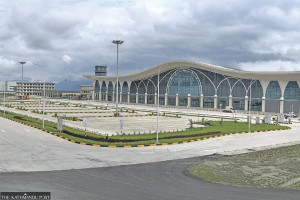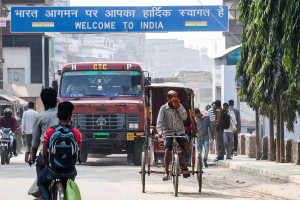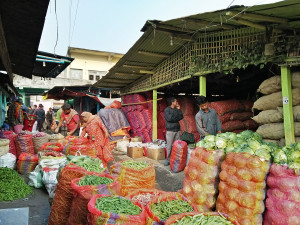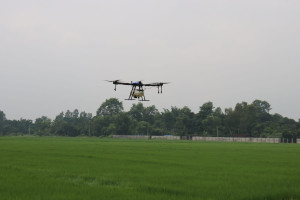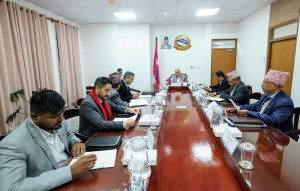Money
NTA’s IMEI registration plan set to face delays
Nepal Telecommunications Authority’s plan to register International Mobile Station Equipment Identity (IMEI) numbers of mobile devices is set to face delays as it requires telecom service providers to upgrade their data storage systems.
Prahlad Rijal
Nepal Telecommunications Authority’s plan to register International Mobile Station Equipment Identity (IMEI) numbers of mobile devices is set to face delays as it requires telecom service providers to upgrade their data storage systems.
Moreover, the telecom operators are unclear about NTA’s instruction and the kind of data repository systems it has instructed to create, stakeholders have said.
“NTA has forwarded a consultancy paper, giving us a six-month time to upgrade our systems to facilitate IMEI registration,” said Pratibha Vaidya, spokesperson for Nepal Telecom.
“But we are still unclear about the necessary measures we need to take to materialise the plan. We are holding discussions with the NTA to ensure easy implementation.”
Vaidya said NTA is yet to take a concrete decision regarding how to incorporate all the unique identification numbers in a central repository system (data system). “Full implementation of the plan might take a year or so because it still lacks clarity,” she said. Three weeks after the implementation of the plan, NTA has successfully registered IMEI numbers of around 200,000 imported handsets. “Till date, only businessmen importing handsets have participated in the registration process satisfactorily,” said NTA Director Purushottam Khanal.
“We have directed all telecom operators to upgrade their systems within six months and to forward notifications calling for registering the unique identifier numbers along with user information of mobile phones in usage.”
The main objective behind the mandatory IMEI registration is to curb grey markets and to ensure customs revenue collection.
The rule intends to create an information database of all mobile phones in usage throughout the country to enhance security measures and to reduce theft chances.
To ensure registration of every available hand-set in usage, NTA has decided to block unregistered numbers if they do not comply with the rules within the mandated timeframe. “People who bring mobiles from abroad for personal usage will also be required to register their identifiers. The handsets with no identifiers will be provided IMEI numbers through a generation-software,” she said.
As per the registration rule, telecom operators are required to create a data repository providing information on their customers accessible by NTA when required.
This might raise privacy concerns, but authorities say otherwise. “The system has been introduced to minimise crime and to track criminals. It will be achieved through reliable mechanisms. Misuse of the database is less likely to occur as only the authorities concerned will be granted access,” Khanal said.
The registration process will conclude in different phases. Currently, in the its first phase, the registration process will end after operators upgrade their systems and notify their customers about mandatory registration, officials said. Mobile phone users can also register the numbers by filling an application form published on the NTA’s website.




 7.12°C Kathmandu
7.12°C Kathmandu






